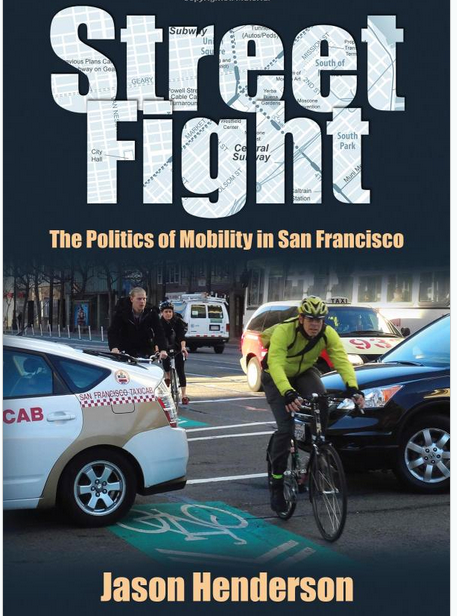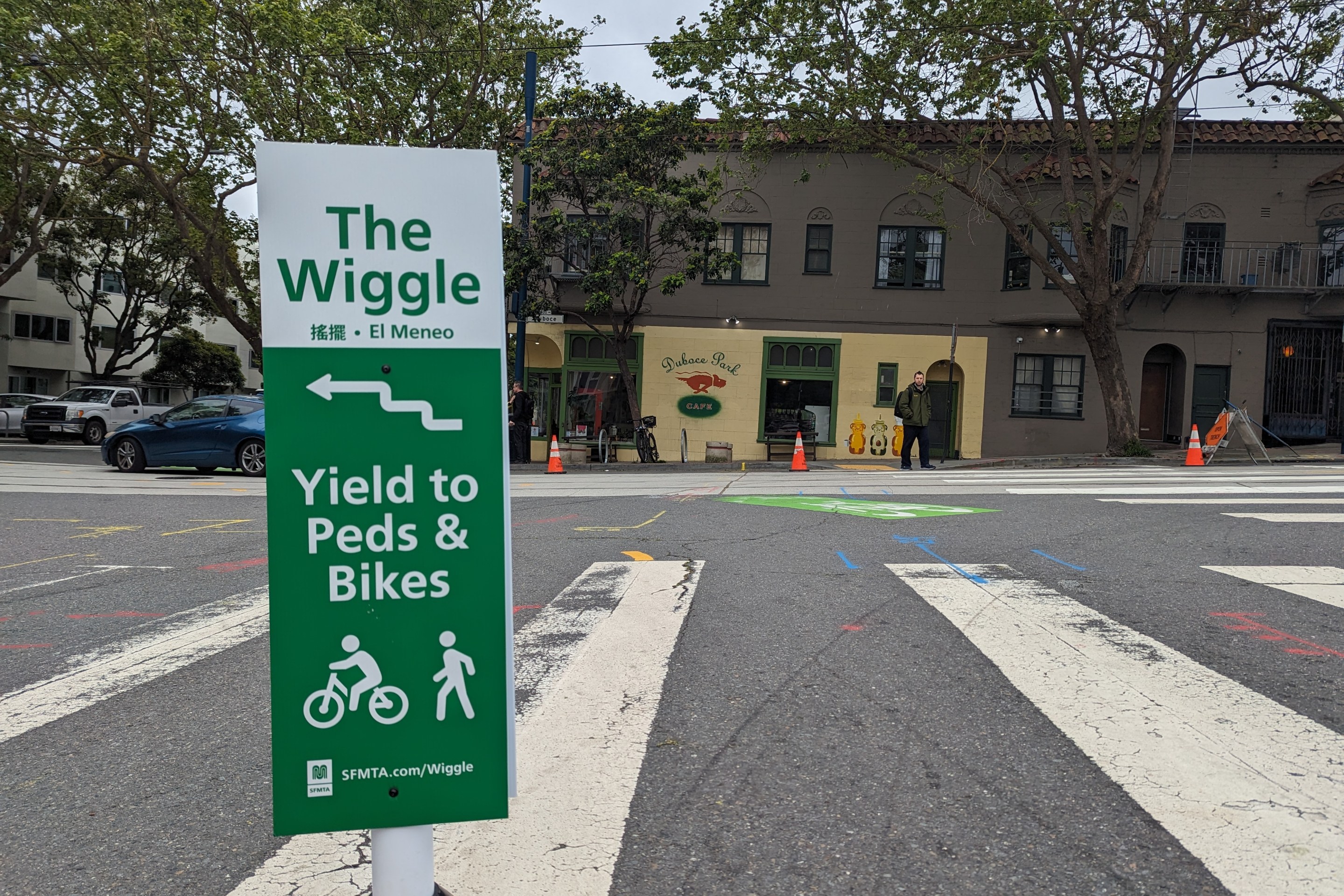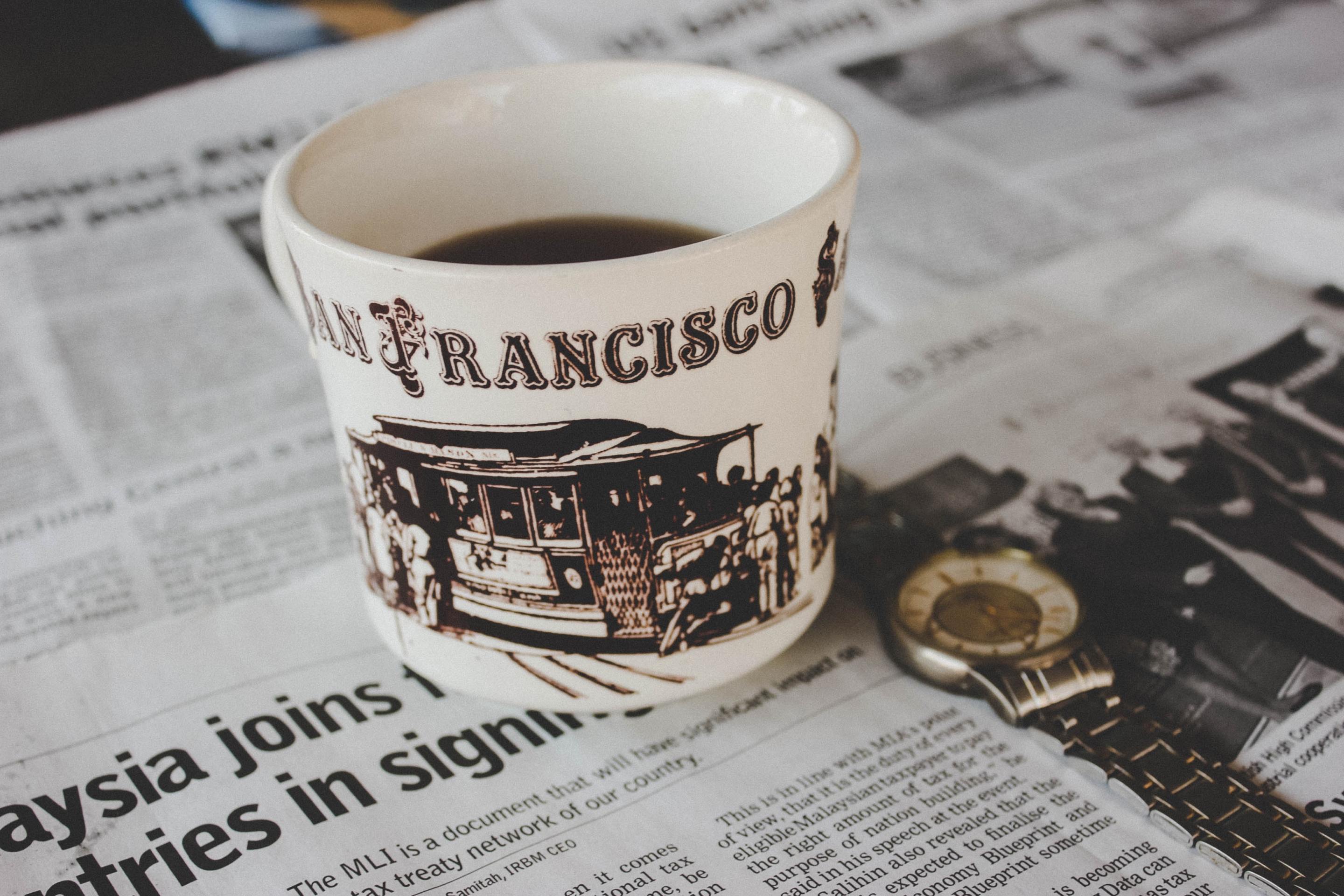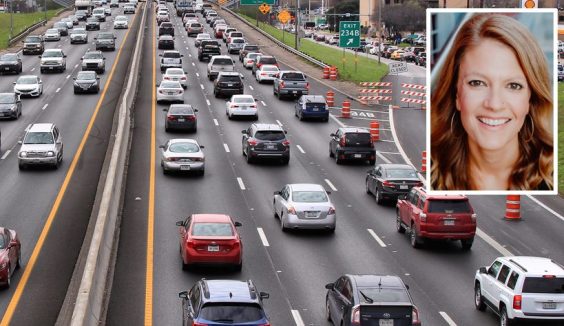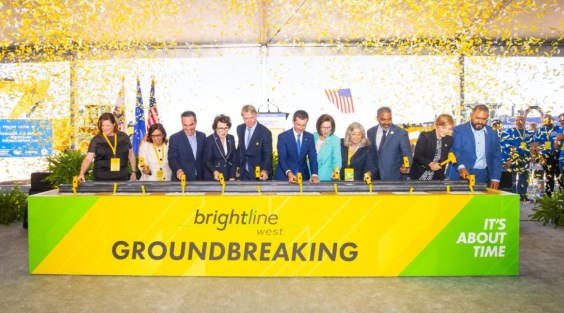“Street Fight”: The New Guide to SF’s Transportation Politics
5:40 PM PDT on May 16, 2013
On the Sunset District's 19th Avenue, a street transformed into an urban highway environment in the mid-20th century, Muni buses jostle for room on a car-clogged six-lane roadway, where residents put their lives in the hands of long-distance car commuters every time they cross. And all but the exceptionally adventurous can forget about bicycling on the motorway.
Those types of conditions are common throughout dense, car-dominated San Francisco, and they're what Jason Henderson describes as a "mobility stalemate, whereby everyone using the street has an unpleasant experience, but any improvement to one mode of transport comes at the expense of others."
That's how Henderson explains it in his new book Street Fight: The Politics of Mobility in San Francisco. Henderson is a geography professor at SF State University, which happens to sit on the southern end of 19th Avenue.
When it comes to getting around and allocating street space in San Francisco, there are three primary ideologies battling it out -- and sometimes working together -- to shape decisions, according to Henderson. It's these three conceptions of mobility -- progressive, neoliberal, and conservative -- that jostle to determine "how the city should be configured, for whom and by whom," said Henderson at a talk on his book at SFSU yesterday. And while San Francisco has a national reputation as a walkable, progressive bastion, outsiders may be surprised to find that influential political forces in the city can be just as car-centric as, say, those in the American South (where Henderson hails from).
Henderson's framework can be very useful for understanding why, say, a group of merchants would fiercely oppose the removal of car parking on Polk Street even if studies show that 85 percent of people on Polk arrive without a car. It's a reaction rooted in a conservative paradigm that views the automobile as essential to family life and commerce, and which assumes space for cars can't be sacrificed for safety.
As Henderson put it, transportation is typically thought of as an issue that transcends ideology. Yet while the conventional divide between Democrats and Republicans may have little to do with merchants who fight tooth-and-nail to preserve parking even in SF's most socially liberal neighborhoods, the use of street space is as political a topic as any.
San Francisco's social values have become a bellwether for progressivism nationwide, but there remains a deep strain of car-centric ideology concerning streets and transportation in the city, said Henderson. "When it comes to mobility and the car, there is a very conservative discourse that essentializes the car."
For decades, transportation planning in American cities prioritized the movement and storage of cars should above just about everything else. This way of thinking became so entrenched that car-centric engineering tools like Level of Service -- a metric that treats the movement of motor traffic as pretty much the sole purpose of a street -- were generally regarded as apolitical. As a result, it's now normal for the vast majority of street space to be devoted to cars.
Henderson, borrowing a quote from the author of an oral history of car-centric transportation planning, described the conventional engineering mantra like this: "On the eighth day, there was LOS."
"In transportation, engineers and planners do have normative visions of how the city should be configured and organized, and do have ideas and beliefs about who should be making those decisions," said Henderson. "It is not unbiased."
Conservative arguments about mobility surface in forums like public meetings and City Hall hearings on installing parking meters, said Henderson. "You hear things like, 'If you have children, you have to have a car, there's no other way," he said. "Cars are a natural extension, a natural progression."
"That's a very conservative discourse, and it shuts down possibilities," he added.
But a progressive ideology is starting to challenge the automobile-centric status quo in SF, calling on government to reverse policies in favor of calming traffic and reclaiming car space for walking, biking, transit, and public space -- the primary goal being to reap benefits in public health, economics, environmentalism, and social equity.
"A progressive framework conceptualizes mobility as a systemic problem that requires deep social commitment and responsibility," Henderson wrote in his book. "How we get there matters."
The progressive vision was manifested in the city's transit-first policy, adopted in 1973 and amended in 1999 to establish that street space should be allocated to walking, biking, and transit before cars. But 40 years later, implementation of that policy is still nascent.
The values of the third ideology, neoliberalism, align with those of progressives at certain times, said Henderson. The neoliberal agenda, he argues, is focused on the expansion of the free market and lifting barriers to development. So while they may support getting rid of LOS, freeways, and minimum parking requirements for new developments, they may also oppose parking maximums and high development impact fees that fund transportation improvements, and they often favor transit improvements that benefit downtown commuters and developers -- i.e. the Central Subway -- rather than transit that elderly, low-income residents rely on for other trips, he said.
"When it comes to economics, and particularly transportation, there are very divergent ideas [between neoliberals and progressives] on what the role of government should be, who should decide, and how this should play out," said Henderson. "Government's role, in the neoliberal framework, is targeted investment where it will make profit."
Neoliberals and progressives aligned in the push to remove the Central Freeway, said Henderson, since it opened up land for development. (Henderson, a Hayes Valley resident, has himself has been active in pushing to minimize the amount of new parking that comes with that development.) Today, Mayor Ed Lee's office is championing the removal of the northern spur of Highway 280 for the same reason.
As another example of progressive values aligning, Henderson pointed to tech companies like Twitter that are moving downtown and whose employees are more likely to want to walk, bike, or take transit to work. Meanwhile, the increasing trend of private shuttle buses that take workers from SF to Silicon Valley (a.k.a. "Google buses") may be better than if they were driving, but he said they may come with pitfalls for public transit. It is "creating a constituency that is pro-transit, but not pro-mingling with other people, and not pro-transit finance when you put things on the ballot."
Ultimately, said Henderson, a significant increase in funding and street space dedicated to transit, walking, and bicycling is what's necessary to make those transportation options that truly usable by the general population. And that means challenging the primacy of cars in favor of space for people. "You've got to make [Muni] reliable by taking away car space," he said.
Stay in touch
Sign up for our free newsletter
More from Streetsblog San Francisco
Independent Safety Advocates Beef up the Wiggle
Signs and soft-hit posts installed by advocates make the Wiggle bike route calmer and safer for cyclists and pedestrians

